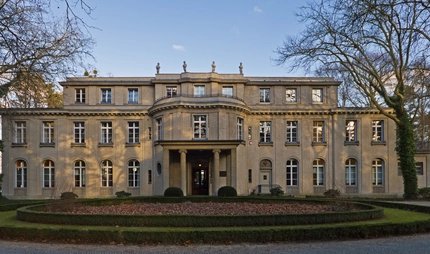
Glienicker Brücke
From stage for Cold War history to an excursion destination
Glienicker Brücke is a bridge over the river Havel connecting the district of Wannsee in western Berlin with the Potsdam, the capital of the state of Brandenburg. It has its place in the history books because it served several times as the site where captured Warsaw Pact agents would be exchanged for Western spies. At the time, the bridge was closed to civilians. Steven Spielberg's film "Bridge of Spies - The Negotiator" from 2015 about the history of the agents exchange of Francis Gary Powers (USA) against Rudolf Abel (USSR) in 1962, was filmed at the original location.
Mansions on the lake-side
Today, traffic is once again flowing and the area has become a popular destination for excursions to the edge of the city. Nearby Glienicke Palace and its gardens were named a UNESCO World Heritage Site in 1990. The green area became a sought-after location for villas built in the 19th and early 20th centuries. Two particularly interesting buildings are Villa Schoningen in Potsdam and the Liebermann-Villa in Wannsee. Villa Schoningen served as a Soviet military hospital after the war and became a children's home during the GDR years. In 2009, it was reopened after extensive refurbishment and now shows travelling art exhibitions and presents the history of this place where East once met West. If you follow the beautiful riverside path along the Havel towards Berlin for about eight kilometres, you'll come upon the Liebermann-Villa. (Or you can take Königstraße for a more direct route.) Berlin painter Max Liebermann was Chairman of the Prussian Academy of Arts until 1933 when he was fired by the Nazi government for being a Jew. Liebermann's villa is now a museum showing a selection of the works created here and documenting the family’s history.



